
project Facebook
This Didactic Unit was about paintings, painters, and architects. It was divided into three main parts (we put together part 3 and 4 from our project plan):
1) OUR PAINTS
Partners present their paintings and used methods, for example, the Finish team made a trip to nature to paint the landscape.
2) COLLECTIVE PAINTINGS
Collective paintings mean for us that more pupils are working on the painting together at the same moment and they communicate their ideas and cooperate to achieve them. We organized a collective painting workshop during LTTA 2 in Benetússer in May 2019. Also, each partner school could organize collective painting for pupils, for example during the Transnational meeting 2 in Benetússer in March 2018, Spanish pupils worked together on their new graffiti.
3) JOINT CHAIN PAINTING
During Transnational Meeting 3 in Joensuu in September 2018, we decided to organize activity which would involve the cooperation of all partners on one task. Because our project plan was to work on a painting, partners decided to organize a painting chain task and put together two activities to make the task more complex.
Partners prepared information and sometimes presentations about famous painters from their country. They sent information about these painters and the next partner in the produced painting in this style or tried to paint a similar painting.
In this way we fulfilled both points, we introduced painters (b) and style (a).
Here are our paintings
Here is the information about the painters, their styles, where the painting is, what I mean, and why we chose this painting.
The didactic material
Explanation of the task and the chain where each school sent the pictures and described in the attached document.

The order for sending the pictures was:
from 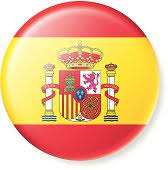 to
to 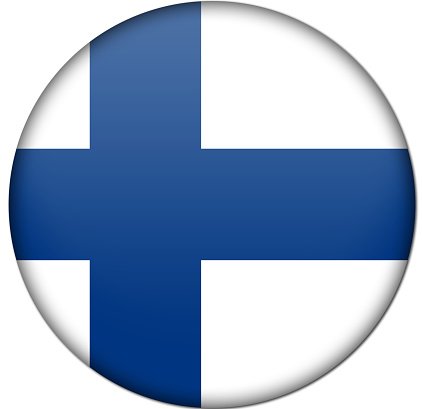 to
to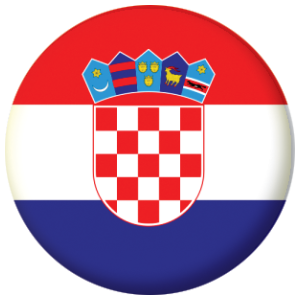 to
to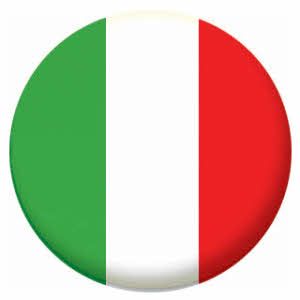 to
to 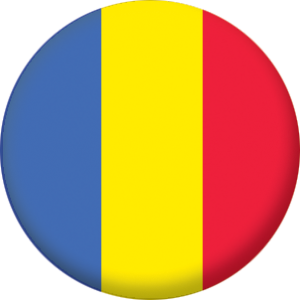 to
to 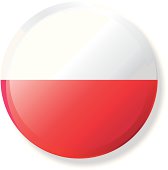 to
to 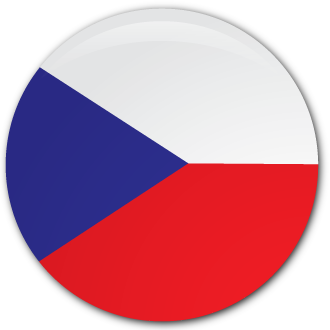 to Spain
to Spain
REQUIRED INFORMATION:
In the doc which we sent to our partner we had to put the following information:
PICTURE + NAME OF THE PAINTING + PAINTER + YEAR / STYLE + WHERE IS THE PICTURE NOW + WHAT IT MEANS OR REPRESENTS + WHY HAVE WE SELECTED IT
With these three pictures, each country can choose what to do. These were our ideas in Finland:
1. Paint the same picture using different techniques or styles (for example, to paint Picasso's Guernica using Akseli Gallen-Kallela's style).
2. Paint another picture with the same concept (traditional landscape/portrait/still nature... ) using the style or technique in the one we have received (for example, to paint a Czech person/landscape... using the given technique from Poland, like Tamara de Lempicka's style).
3. Paint a famous picture from our country using the style or technique in the given picture (for example, to paint La Gioconda using Ivan Generalic's technique or style)
We didn't talk about the deadline, only agreed it will be during the first term. But you know, we all have CREATIVE WINTER in December, so let's try to finish with this before getting into the next activity.
Here is the final document with suggested painters and their paintings when it reached the last school in our chain.
Here are the working materials which partners sent:
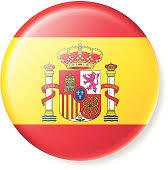
Spanish pupils and their teacher chose 3 painters and their pictures (JOAQUÍN SOROLLA - Running along the beach, PABLO PICASSO - Guernica, DIEGO VELÁZQUEZ - Las Meninas) and created a document for Finish school which is below. They also created a short study Powerpoint document on Pablo Picasso.
SP - Pablo Picasso.pptx
SP - Painting activity.docx
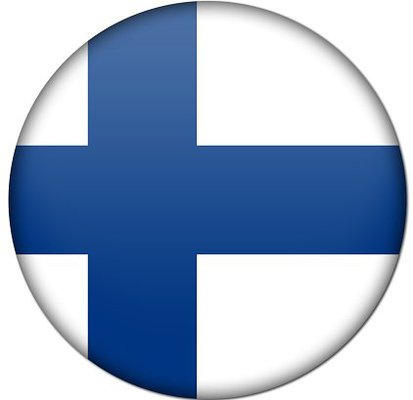
A 5th Grader created a film about Akseli Gallen Kallela. And we watched it before we started working. And Sade and Fjolla chose his painting Kullervos Curse and created a document that is below.
FI Kullervos Curse.docx
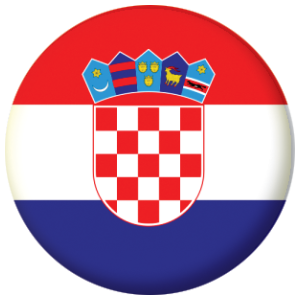
Croatian pupils and teacher chose 2 painters (IVAN RABUZIN - Three Flowers, IVAN GENERALIĆ - Deer in the Forest) and created a document for the Italian school which is below. Croatian pupils got inspired by the Finish painter Akseli Gallen Kallela and his Symbolism style in painting Kullervos Curse. They used his style to paint illustrations to Croatian legends.
CRO - Rabuzin Generalic.docx
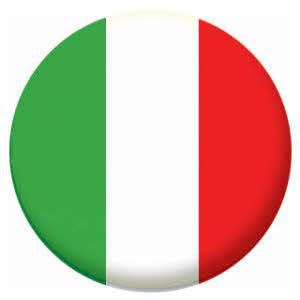
Spanish pupils chose 2 painters (CARLO CARRÁ - Mother and Son, GIACOMO BALLA - Dynamism of a Dog on a Leash) and created a PDF document for the Romanian school which is below.
IT - Italian painters.pdf
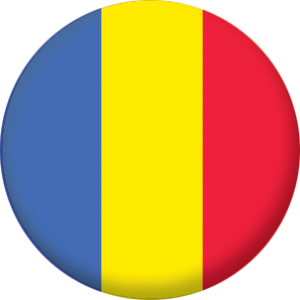
Romanian school chose 2 painters (Ştefan Luchian - painting Anemones, George Petraşcu - painting Rock at the Sea) and created a didactic document which is below.
RO - collaborative painting.docx
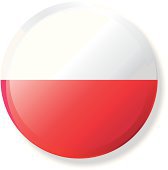
Polish school chose 3 painers (Władysław Ślewiński - Anemones, Julian Fałat - Winter Landscape, Jan Matejko - Atronomer Copernicus) and created a document for the Czech school which is below.
PL PICTURES for CZ.docx
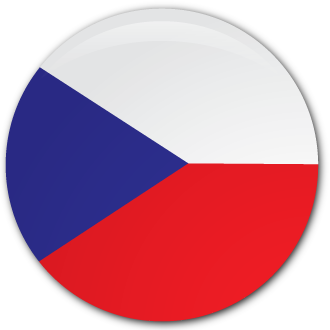
Czech school chose 3 painters (ALFONS MUCHA - postmark Prague Castle, JAN ZRZAVÝ - Sunday in Camaret, JOSEF ČAPEK - Aeroplane) and created a didactic material which is below.
CZ - Painting activity Mucha, Čapek, Zrzavý.odt
GO TO NEXT PAGE